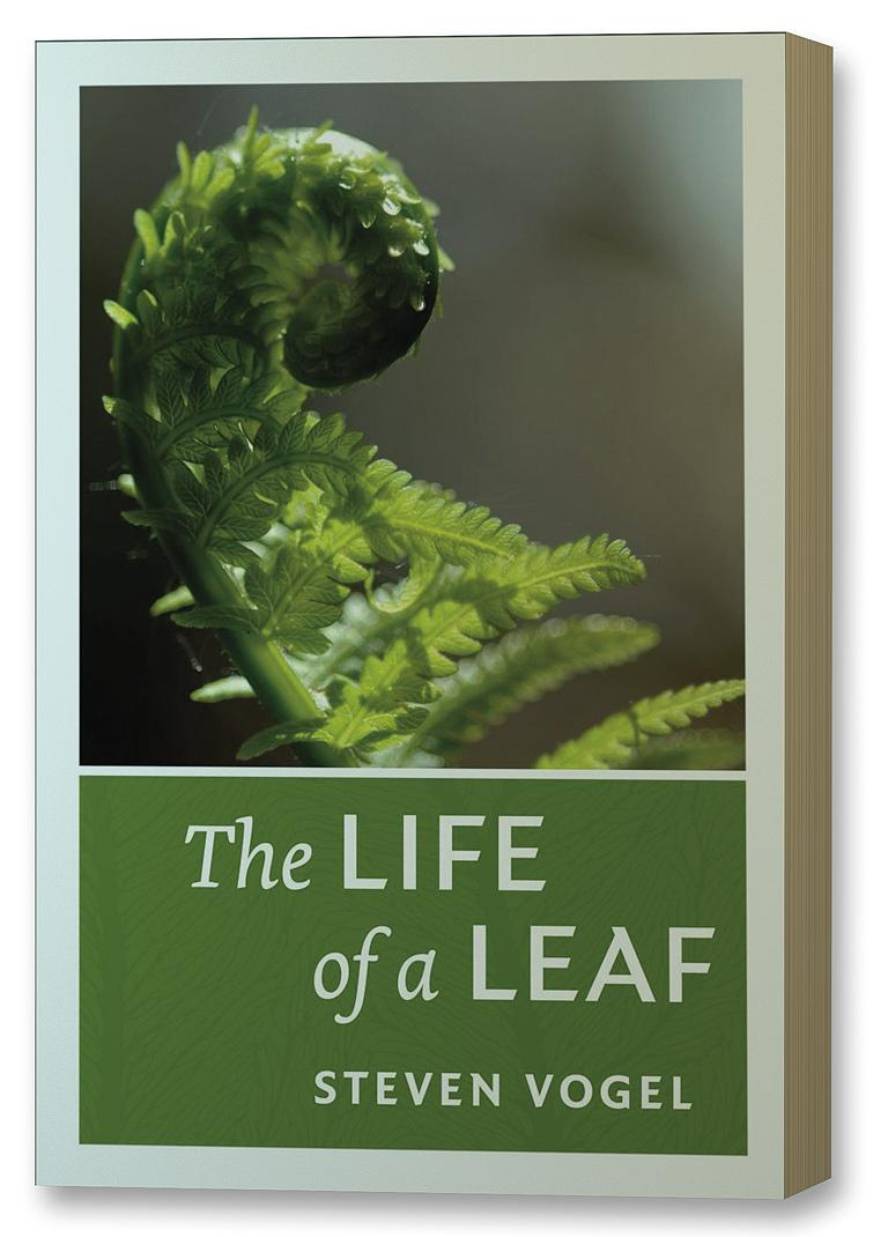Science seen from the life of a leaf
The leaf of a plant, a small part of a living, allows us to reflect on science. This is proposed by the American biologist Steven Vogel of Duke University. The sheet becomes an example of science in the book. That is, although the title is The Life of a Leaf, it is not a book on leaf biology (or plants).
The leaf is an element of everyday life for people or, at least, a common and known element. But how does it look like? And why do you play as you do? The leaf, like any other organism that surrounds us, interacts with the "physical world". The leaf is the result of this interaction. Vogel explains the book's approach in the foreword.
The leaf looks for light. Gas transport. Absorb and filter water. Exchange of substances with air. Controls temperature. Monitor skin cleanliness. Avoid freezing. Maintains stiffness. Survive in storms. And many other activities. Vogel devotes a chapter to each of them.
Presents the physics of the chapter theme, specifying the features related to the sheet. In the chapter dedicated to light, for example, he speaks of "types of light" (i.e., presents the electromagnetic spectrum) and then speaks of photosynthesis and light reflecting or rejecting the leaves. When explaining things, Vogel seeks a balance between the profane in the subject and the usual approaches of physicists. And occasionally he proposes experiments so that everyone can do it at home.
Some therefore consider that Vogel's book is not only appropriate for reading about science, but also for teaching science.






